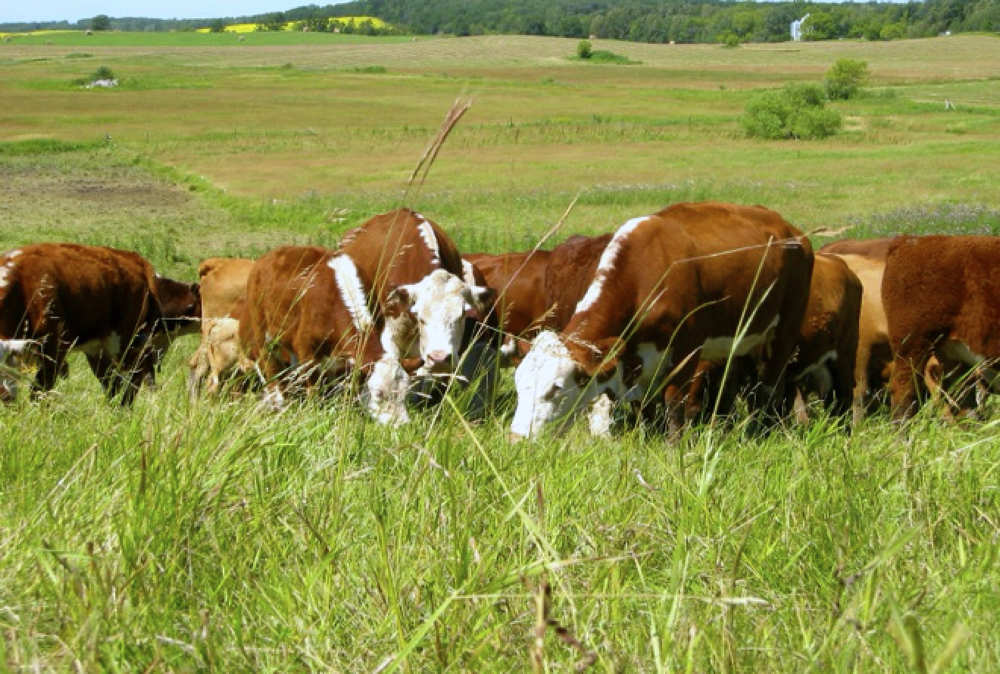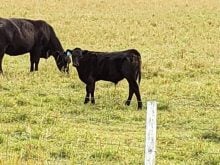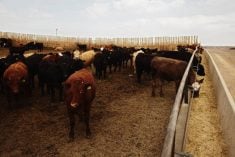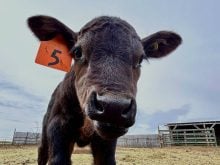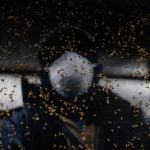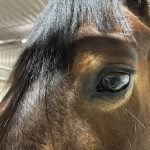While COVID-19 has changed our daily routines, the internet has been able to keep us going. The agricultural community has tapped into it and fortunately, the supply chain for veterinary pharmaceuticals, feed and other services has been maintained pretty well.
Internet sales for the purebred bulls and commercial cattle have pretty much saved the spring season. Some sales went as well or better than last year despite only a few people present. Producers did not have to leave home to select their breeding bull or group of feeder cattle, or even bred cows.
Read Also
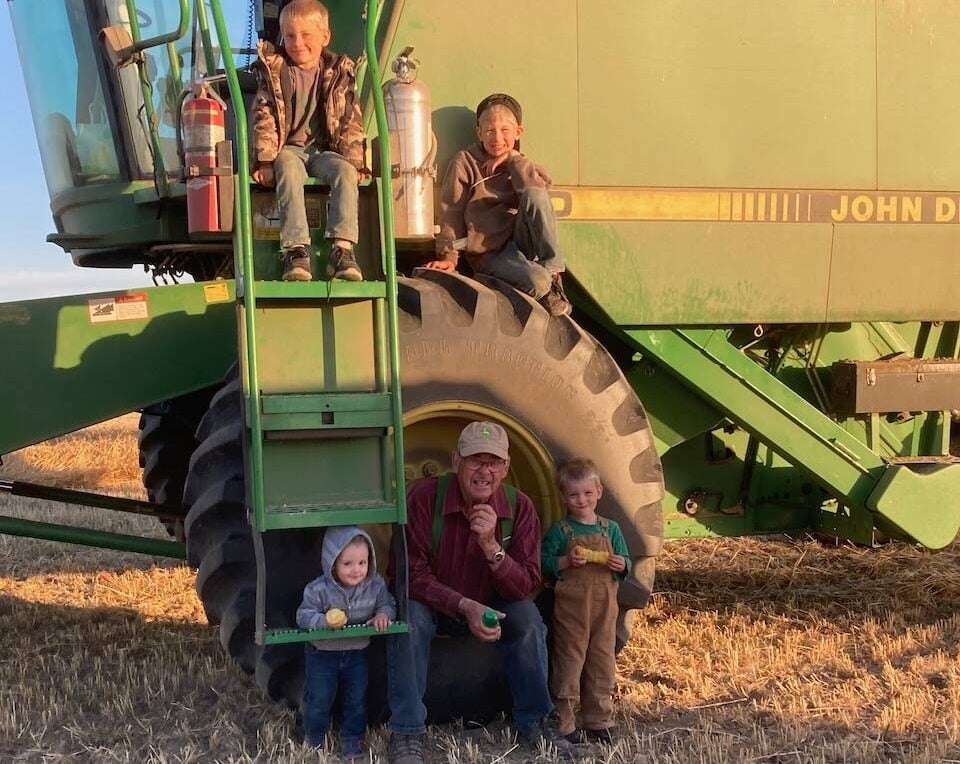
Harvest wraps up and fall work begins
At the Eppich famly ranch in western Saskatchewan, the fall harvest was successful with few breakdowns, cows and calves have been sorted and a new tractor has arrived
There’s lots of upside to this, especially when prices remained strong pretty much throughout the spring. The only difference I would like to see on all sales, and expressed in a clear, concise way is the health status (vaccination program) and any other health conditions evident. The description may need to come from an objective person.
With large on-farm internet sales it would be best to see cattle descriptions include the vaccination, deworming and delousing schedule. Even more minor things such as implanting, basic nutrition, proper castration, or guarantees that large heifer calves are open are all valuable information for potential buyers to know.
Online sales will be more and more common in the future. Overhead expenses are down considerably and if cattle are shipped from the sale herd directly to new herd, it is a fine way to decrease stress and turn potentially high-risk into low-risk cattle. It all helps to decrease the antimicrobial treatment bill.
Auction markets are still the ones running most of these electronic sale, so more online sales online are simply altering how they generate revenue.
This is just the opposite of the pre-sort sales where cattle are accepted weighed and sorted into groups of similar weight and colour. The process means larger lots can be assembled and sold.
Vet/client relationship
Establishing the VCPR (vet-client patient relationship) is positive and can help implement animal health management changes such as an increase in pain killer usage. Pain killers (NSAIDs) are becoming more popular among producers and more economical to use during practices such as branding or castration. They are also becoming more convenient to use in oral or pour-on forms.
Since products formerly very effective against worms and lice are gradually failing, we need to be smarter about products selected and timing of administration. Use the proper insecticide according to label directions, and use at proper rates to be effective. For example, if using cattle oilers we should pulse-treat to apply products when fly levels get to about 200 per animal.
Likewise, it may be worthwhile to test first before selecting products to control internal parasites (worms). There are good pooling examples now where accurate averages of a pen, herd, or same-aged group cattle can be tested quite accurately before deciding to deworm. Pastures are where parasites are picked up so strategically deworming cattle in later summer when these parasites are being picked up makes sense. Over time, the overwintering burden of parasites on pastures will also be reduced.
With the current backup of fed cattle in the slaughter system due to processing delays caused by the pandemic, the value of implanting cattle to improve weight gain may change greatly. There is more emphasis right now on stalling or holding cattle back from gaining weight.
Provincial slaughter plants are ramping up where they can, and of course on-farm slaughter is ramping up as well. Too bad more urban consumers didn’t have large freezers to handle increased meat sales. Any and all measures would help reduce beef inventories.

